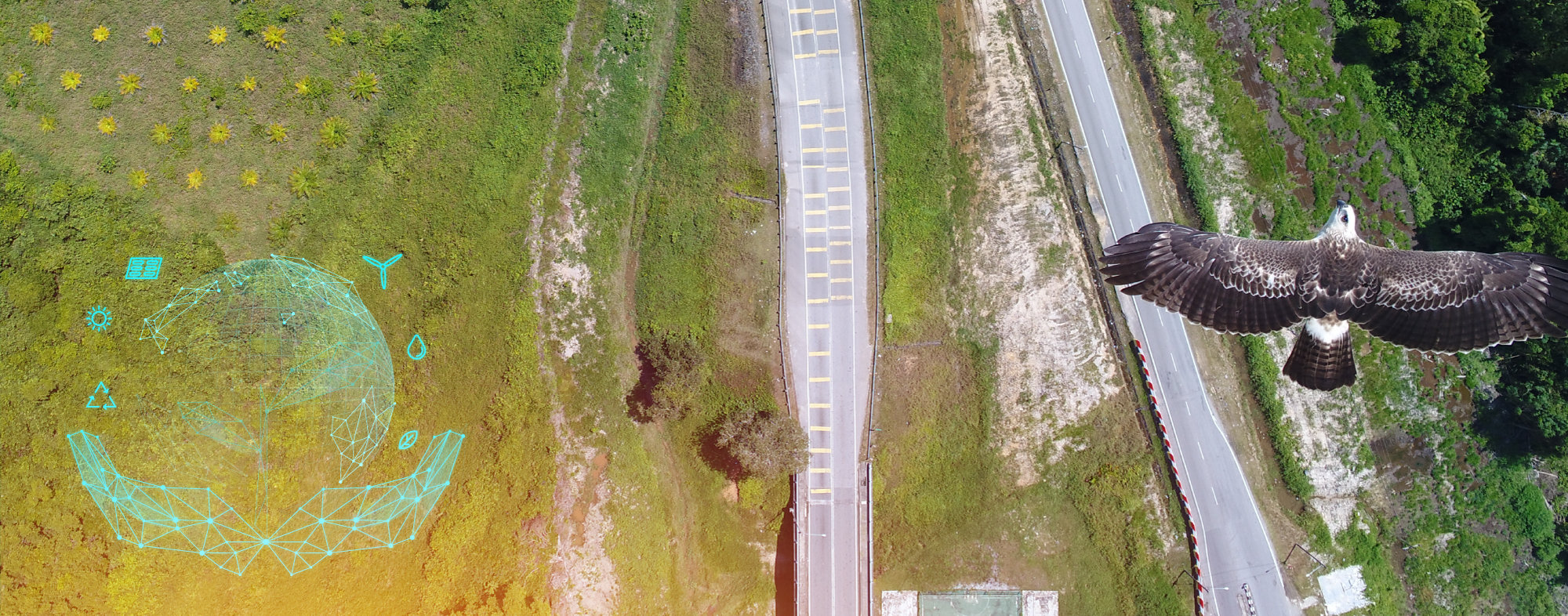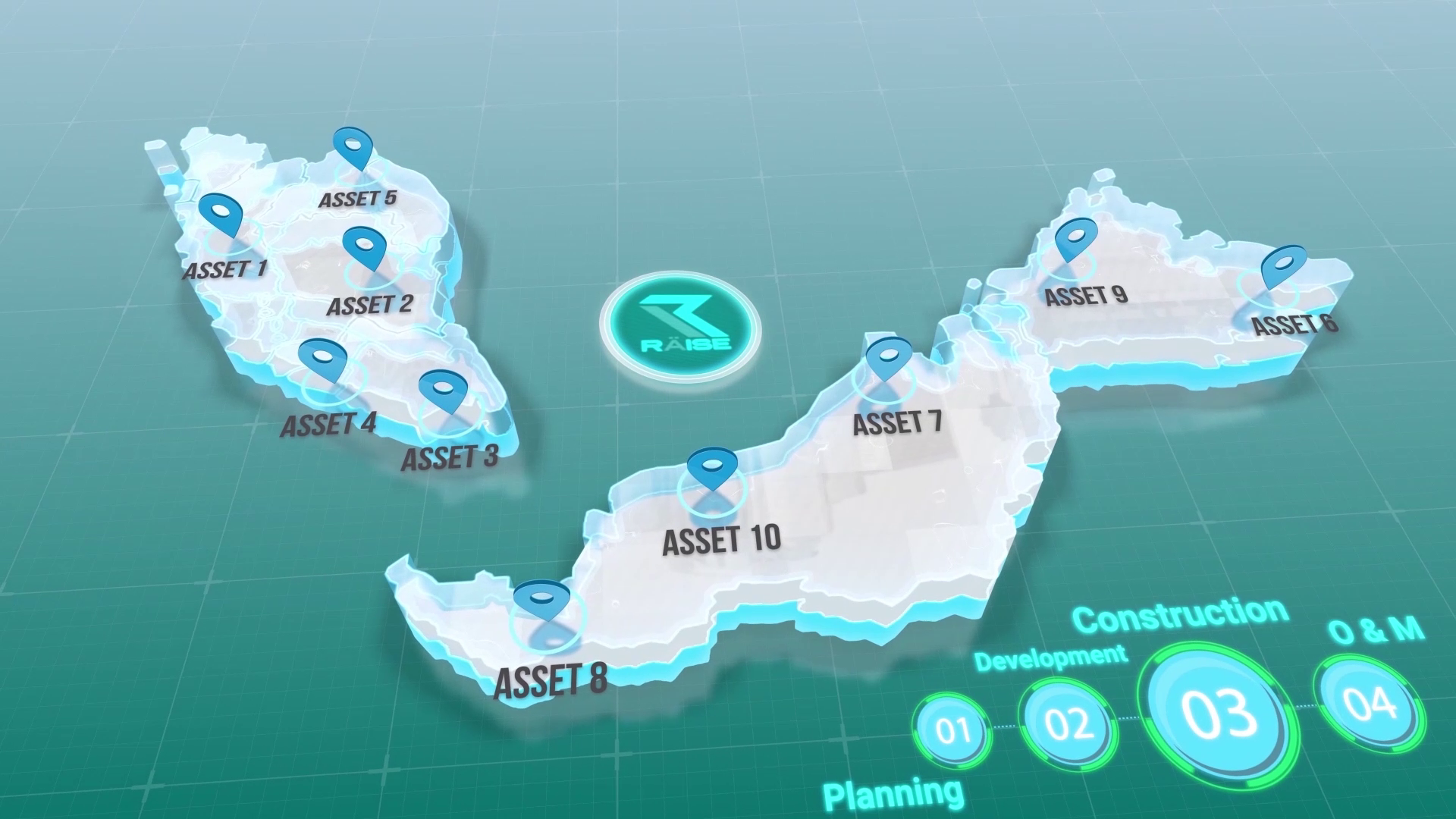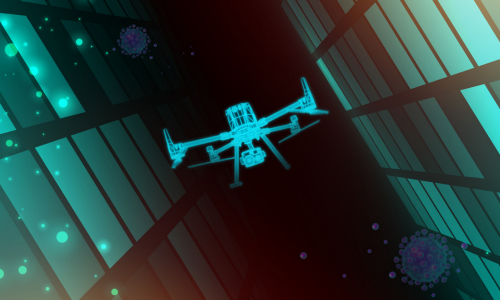Drone Ecosystems Integration: In the age of Climate Change and Global Pandemic Challenges
Today, we are facing a series of global disasters of a colossal magnitude. Wildfires, landslides, flooding, famine, and even more recently, we have entered a pandemic era: a global virus outbreak that has paralysed the world for nearly 2 years.
Against such a backdrop, is it any wonder that we increasingly have to rely on technology solutions that seem to come straight out of new science frontiers?
We are referring, of course, to the advent of autonomous vehicles, terra forming technologies, genetically modified food, remote sensing and even flying robots. These inventions would have confounded people of past generations. In current contexts and advancement of technologies and human creativity, these are actually some of the best means available at our disposal in the hope of positively solving our global predicaments.
In Malaysia the situation is no less different. While the pandemic has taught everybody to make use of online meetings, more online shopping, online learning and online banking. Governments and businesses are going more and more into digitalisation and other smart solutions. Similarly, heavy industry and agriculture are pushing for automation and production autonomy using AI and other smart technologies.
Not to be left behind, another significant revolution is taking shape high up in the sky. Silently and surely, another technological frontier is fast changing our global lifestyles. Using battery powered propellers, UAVs (Unmanned Aerial Vehicles) or Drones are silently increasingly making their way in the airspace impacting Businesses, Government, Industry, eCommerce and our daily lives.
Aerial flying objects will bring many benefits to everybody and every sector. The trend indicates that these machines are becoming more and more prevalent especially with advancement of longer lasting batteries, better communication technology and the integration of AI making it smarter, more autonomous and resilient. These fast developing advancement in the Drone technology is making UAVs the perfect choice as the most cost effective vehicle for delivery of Foods, Products, Medicine and even people in the very near future. These will be further accelerated when battery technology improves significantly and complemented by more designated charging stations. UAVs will have many more applications and services than what we foresee now. By then, our air traffic will be very different.
The intrusion of our space will also create new safety, security, privacy issues and many more regulatory issues. To ensure healthy, proper and realistic growth of the UAVs (Drones) industry, a new Regulatory Landscape needs to be looked at and addressed, and a new Regulatory Framework needs to be planned.
It is indeed an awe inspiring sight to use Drones to perform our mundane daily chores of delivering foods. The future drones usage can also be customised to a more challenging and demanding role, and more noble, such as delivery of Vaccines to remote and hard to access places due to the location or calamities such floods and landslides. We know the race to inoculate people is crucial in order to achieve herd national immunity and health equality. Therefore sending drones to these remote locations to far flung islands or remote locations in Sabah or Sarawak will do the job much faster, cheaper, and more efficiently.
Drones are more environmentally friendly for delivery purposes. As we know drones generally have lower carbon footprint production per package delivered compared to ground based and gasoline powered vehicles by at least 500%. And there is also that agility aspect that outdoes any four wheeled vehicle. But there are other values that drones can offer from an environmental perspective. Drones are ever useful tools in combating climate change. In fact, the integration of other tech ecosystems including artificial intelligence (AI) platforms, IoT, big data and spatial science, has created a totally new solution and services substantially more profound and disruptive.

We do not expect everybody to know what Reality Mesh or 3D Point Cloud means, or what Computer Vision, Digital Twins and machine learning means or what they are truly capable of offering to impact our business and our lives. What we expect everybody to know is that robots perform functions much more efficiently than humans. The Professional, heavy duty drones, using remote sensing systems will be able to detect potential forest fires or flood prone areas. These are the drones that produce aerial maps of vast land of thousands of hectares to locate dangerous terrains and to assess landslide conditions using advanced spatial measurement tools. The captured data will be developed into applications by utilizing historic weather forecasts and maps of city landscape and topography that can generate visual simulations of flash floods and rising water levels in plains and rivers.
There are numerous other functions that drones are providing services and solutions to, especially during our challenging times. We should be able to detect potholes on roads and highways and predict their future recurrence. Using AI, IoTs we are now able to map potential landslide areas, monitor and simulate the potential event. We can do the same for Gas Pipelines, Security fences, Rivers, Solar farms and Agriculture (Precision Farming). We can offer these solutions by harnessing the most advanced platforms, solution development and human creativity in order to solve existing and future problems using disruptive technologies to disrupt further deterioration of our planet.
For the industrial sector, any solution that uses digitalization and automation to combat climate change can also be replicated to reduce cost, mitigate risk, and reduce manpower and carbon footprint; while improving the overall higher productivity gains for the organizations. The approach is also applicable for many sectors, such as Construction, Agriculture, Oil & Gas, Telecommunications, Insurances, Mining and many more.

Currently we at OFO Tech are very aggressive in our ecosystem integration to develop more comprehensive solutions for Security, Surveillance, SmartCity Management, Smart River, Smart Island Solutions, Roads and Highway Management, Integrated Asset Management. These we do by embracing high impact technologies such as AI, IoT, Big Data, Data Analytics, Geospatial and others.
We aim to be the Global Players in this new space within the next 2 or 3 years.
Our company, OFO Tech is a pioneer in the Professional UAV sector and continues to expand our space to create more new strategic values for us and most importantly, to share all the benefits with all our current and future clients, and our partners.
The tools, solutions and expertise within us are always available to any potential clients to be customised as ready-to used solutions that deliver better efficiency, reduce operation cost, deliver an effective management system, and most importantly, improve the bottom lines of the organisation.
OFO has already delivered best-in-class Asset, Property and Facility Management System, Smart Highway Management Systems, Project Management and Monitoring solutions and various Smart Solutions. Each of the solutions is customised based on customer needs and demands. This we do to ensure maximum customer visibility and deliver cost effective solutions. We always measure our key success on our customer satisfaction benchmark.
Discover more, visit www.ofo.my
RM12.50 / month
- Unlimited access to award-winning journalism
- Comment and share your opinions on all our articles
- Gift interesting stories to your friends
- Tax deductable
